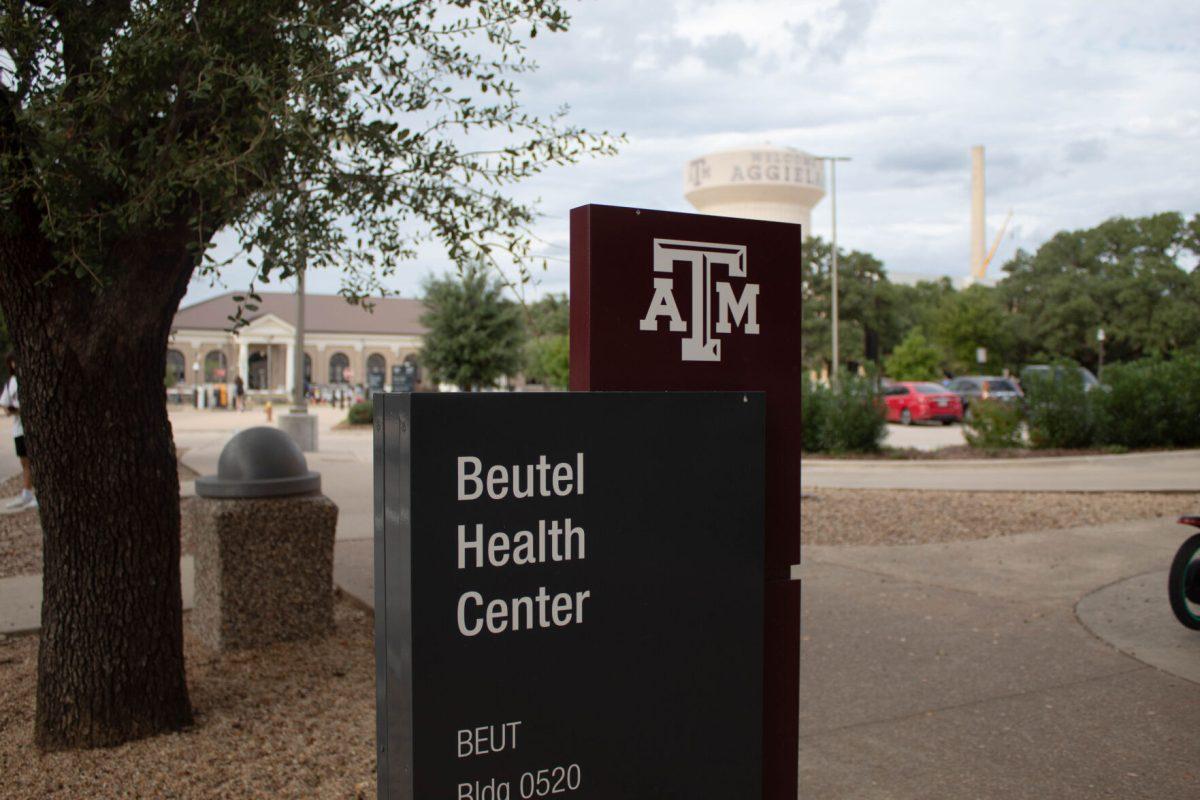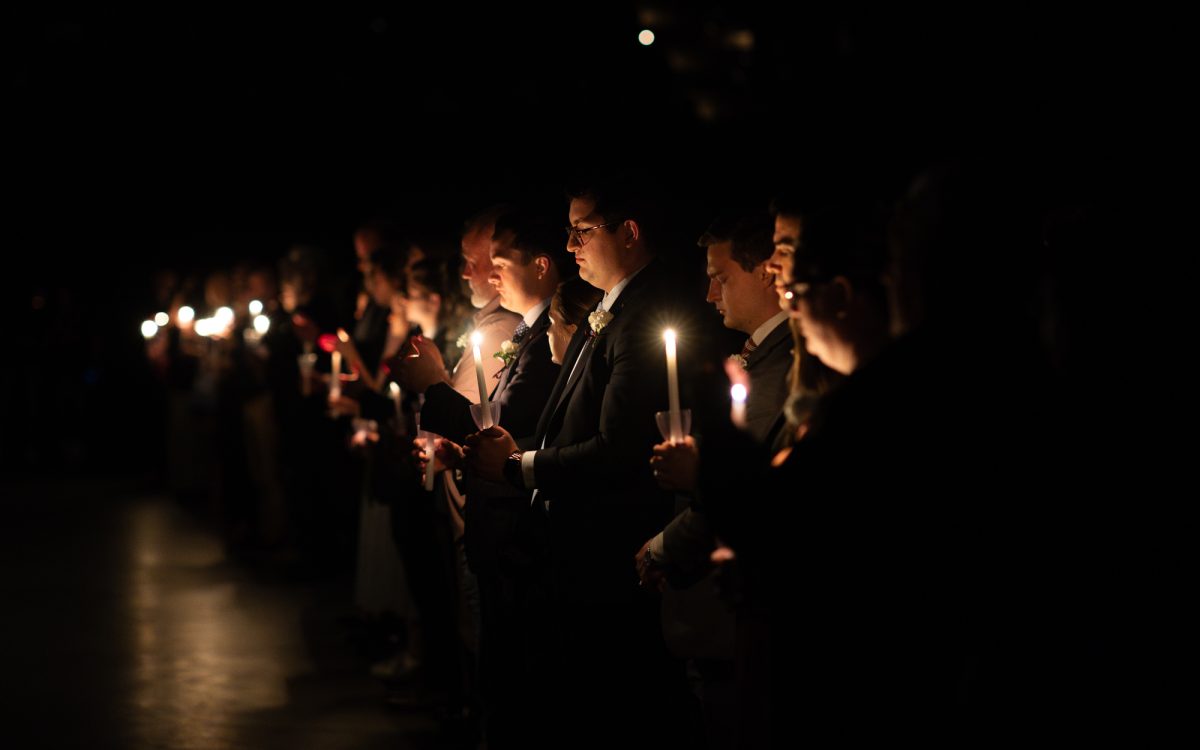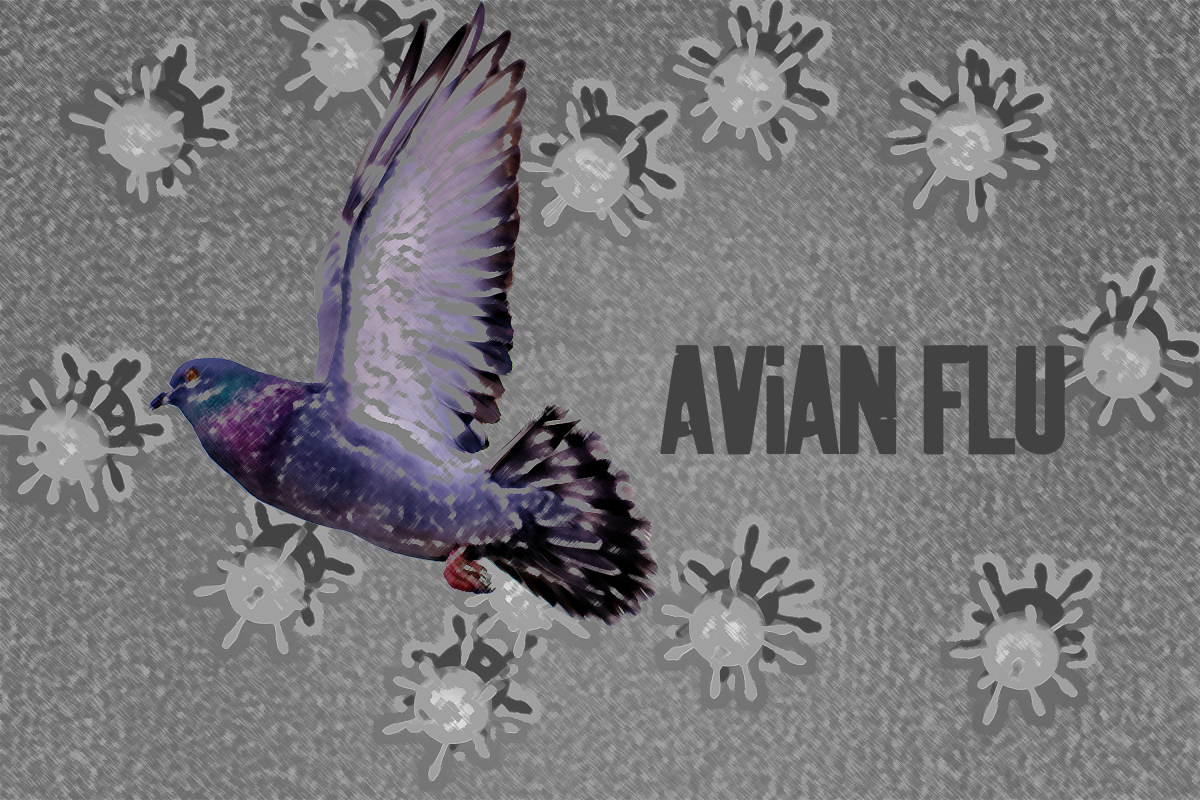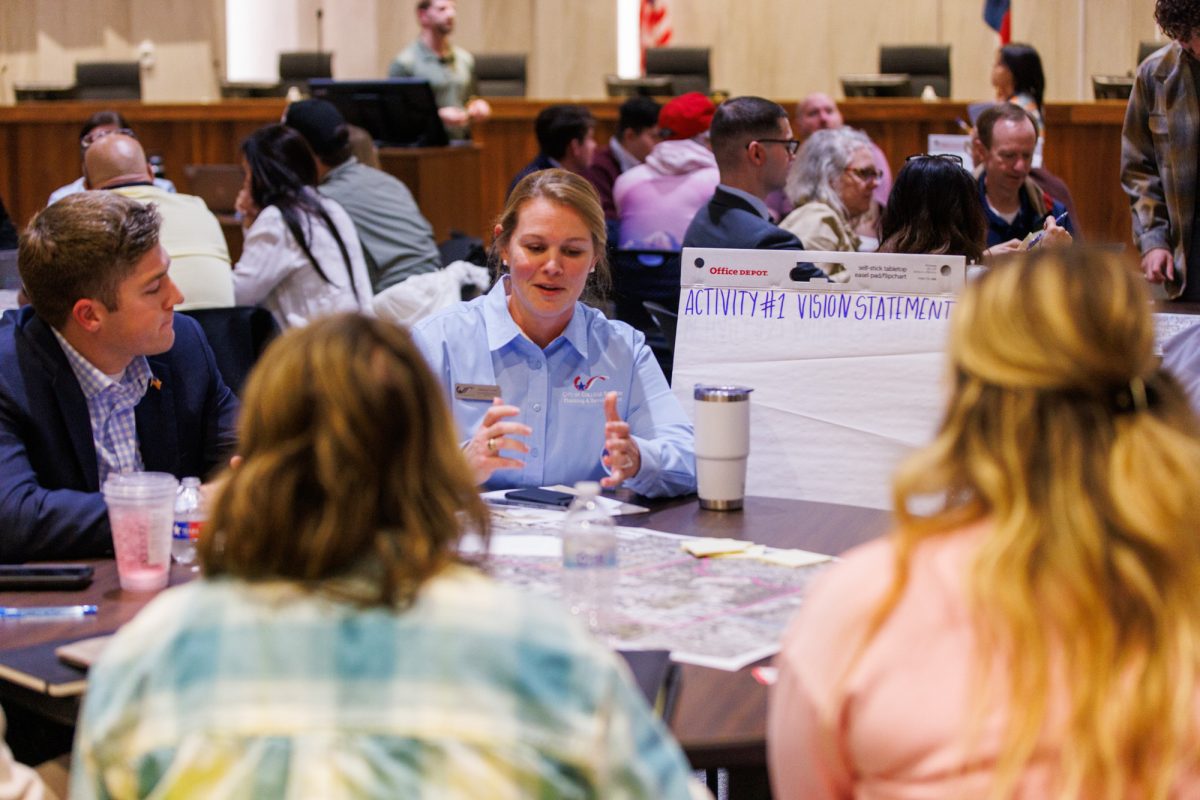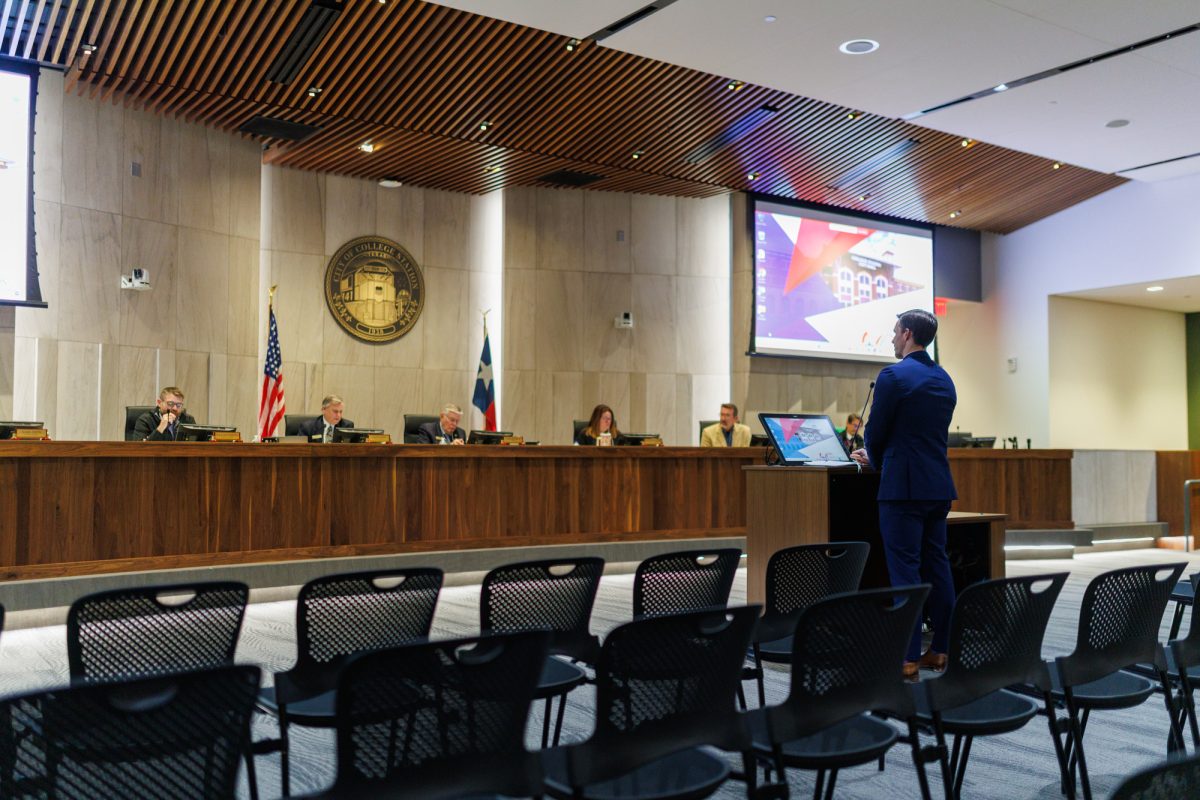During the winter months, mental health among students presents itself uniquely in comparison to other times of the year. The changing seasons can influence Aggies in different ways — with some of the most common concerns students discuss in therapy including anxiety, depression, stress, academic worries and interpersonal issues, Assistant Director of Crisis Services Kari Keller Becker, Ph.D., said.
“Seasonal Affective Disorder is depressive-like symptoms and sadness that occur with certain seasons,” Becker said. “There is a version of Seasonal Affective Disorder that happens in summer, but it’s less common. Typically with depressive-like symptoms, we can expect sad moods, feelings of hopelessness, loss of energy, loss of interest in things that are normally interesting as well as changes in sleeping and changes in eating.”
Becker said Seasonal Affective Disorder, often referred to by the acronym SAD, sometimes causes social withdrawal and isolation, akin to a desire to hibernate.
“It’s the beginning of a new year and a new semester, so we often will see students who are eager to make changes in their lives,” Becker said. “ … Sometimes there’s students who feel they didn’t do well in fall, so there’s some increased anxiety and nervousness about spring.”
SAD typically starts in September, October and November and lasts 4-5 months.
“Seasonal Affective Disorder has been shown to be tied to shorter days, possibly influenced by the limited exposure to sunlight,” Becker said. “This usually gets better in the spring as the days start to get longer again. It’s more about the season than it is about months.”
Becker said the symptoms go beyond enjoying a season or a particular temperature, and the disorder “tends to be a bit pervasive.”
“That’s also why we see this more in northern states where there’s even less daylight. and it’s not quite as common down here as we tend to have a little bit more daylight than any other parts of the country,” Becker said. “Everybody’s really different, and everybody’s bodies are really different and respond to life circumstances differently.”
Becker said she encourages students to reach out for support if necessary. According to the National Institute of Health, SAD’s winter type is best treated by getting vitamin D and exposure to direct sunlight.
“We are interdependent creatures and we need relationships, so reaching out to trusted friends and family can be incredibly healing if those people are supportive and loving,” Becker said. “Reaching out to resources that are available, such as [Texas A&M’s] University Health Services, and engaging in their health overall is encouraged. Trying to eat well, trying to get a good amount of sleep, drinking enough water and getting movement into your day-to-day activities is important.”
Students should also engage in their wellness in a multi-supplementary way, she said. In spring 2024, the National College Health Assessment found that 35.2% of college students reported receiving psychological or mental health services in the last year.
“It’s really easy for students to focus a lot on school and that they need to study and they need to go to class,” Becker said. “You’re also a human, and you need to do things to just take care of yourself, whatever that may look like that you enjoy doing, such as joining student organizations. If you have a religion or faith that’s important to you to practice, or if you have hobbies you like to do.”
For students facing mental health challenges or interested in learning more, groups exist on campus that study it — such as Aggie Mental Health Ambassadors, a student organization that particularly helped psychology freshman Madison Galan after she felt isolated entering college.
“I felt especially heightened by the entire ‘Aggies help other Aggies’ and the idea of unity A&M preaches,” Galan said. “I felt as if I was missing out on this supposed unified feeling or that I was simply a passerby.”
Galan said she joined to be a part of something good for the community and to educate students on the importance of mental health, training surrounding it and resources available in the area.
“Immediately, I noticed just how much I was benefitting,” Galan said. “I attended presentations talking about ADHD, learning things about myself, learning about eating disorders and making meaningful friendships. It was the leap I needed to feel better, and I felt more confident and happier with my student life at A&M.”




